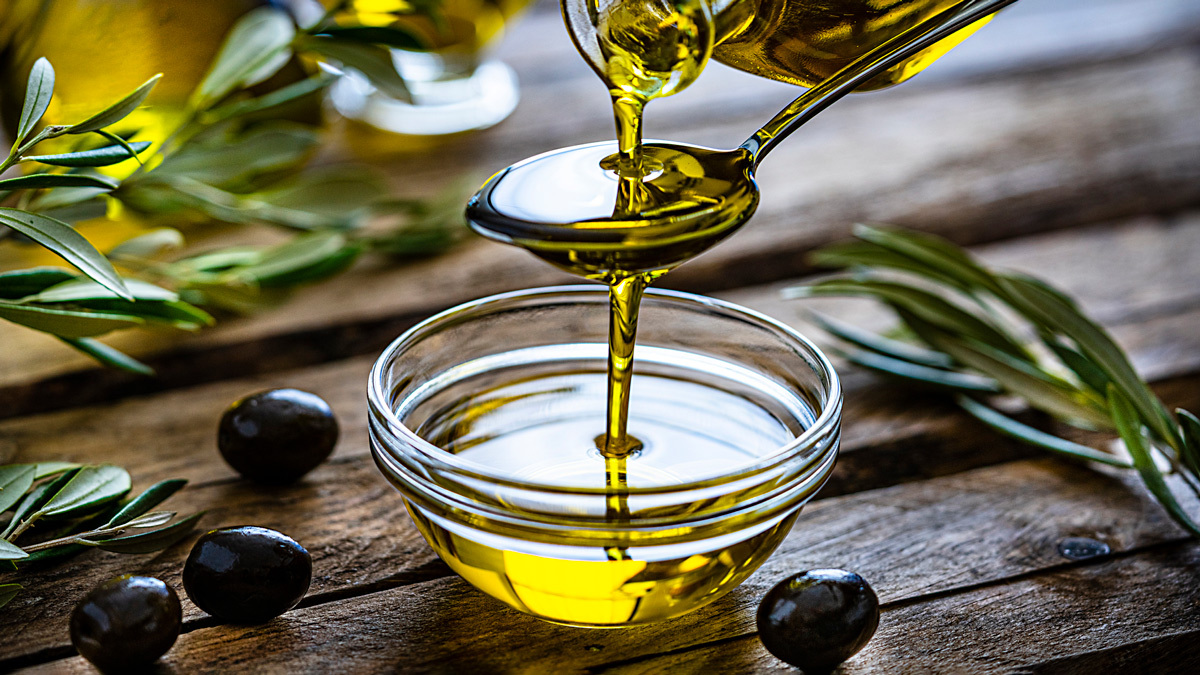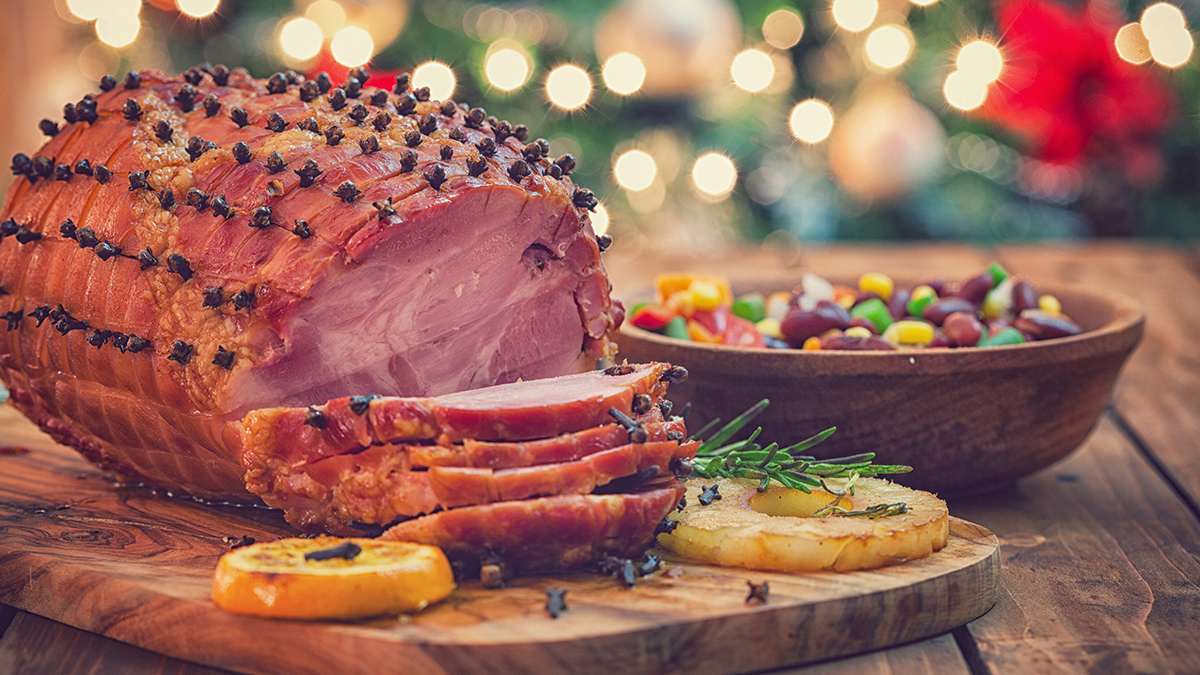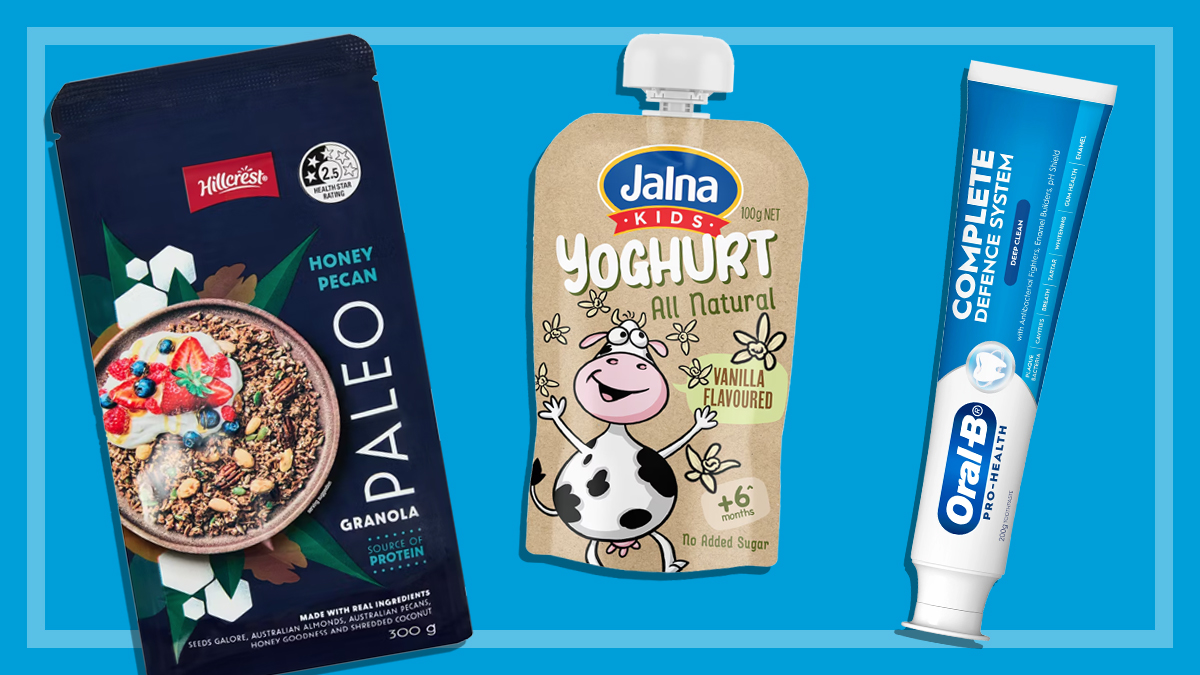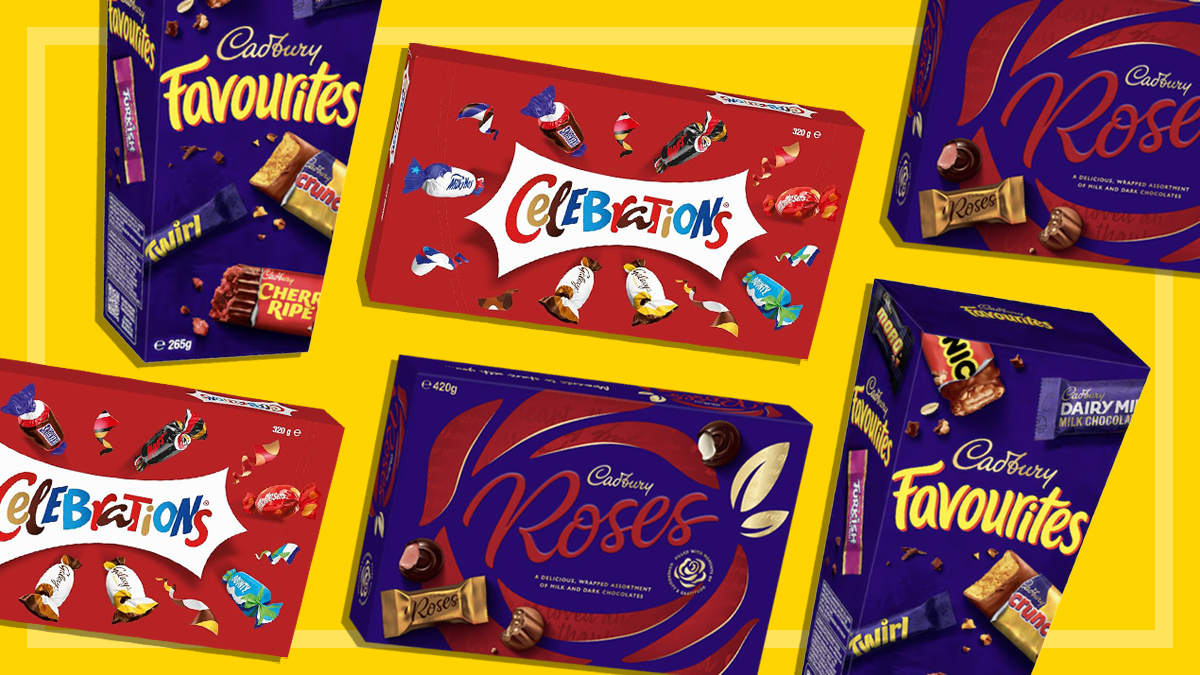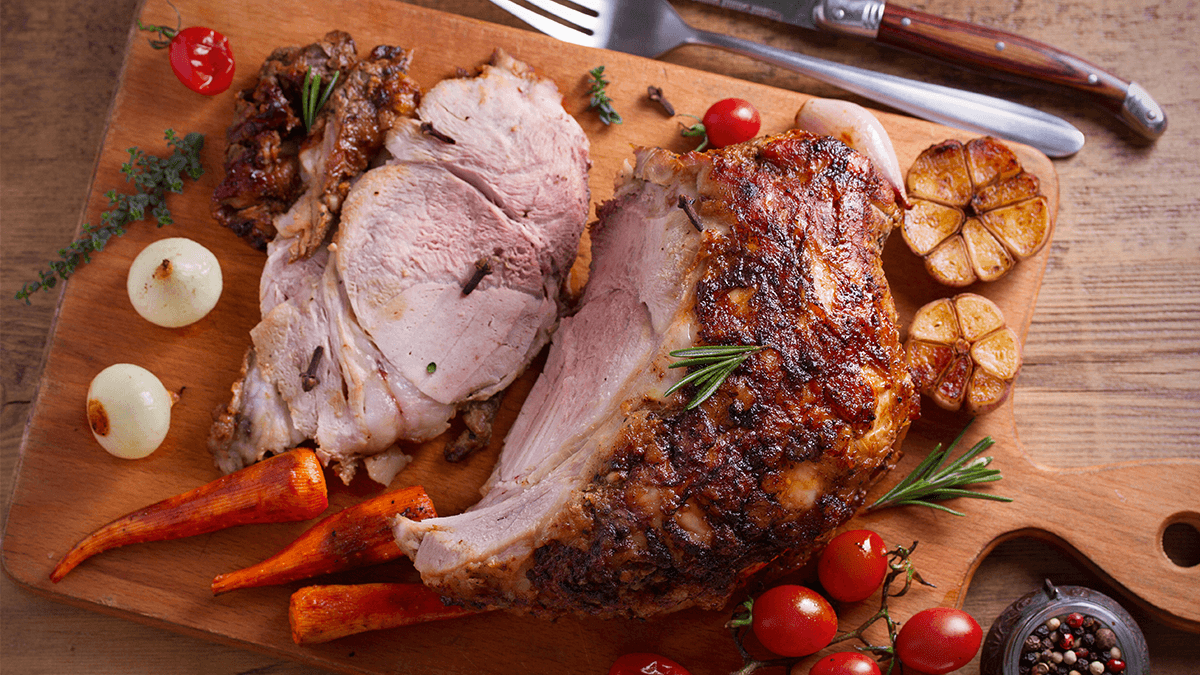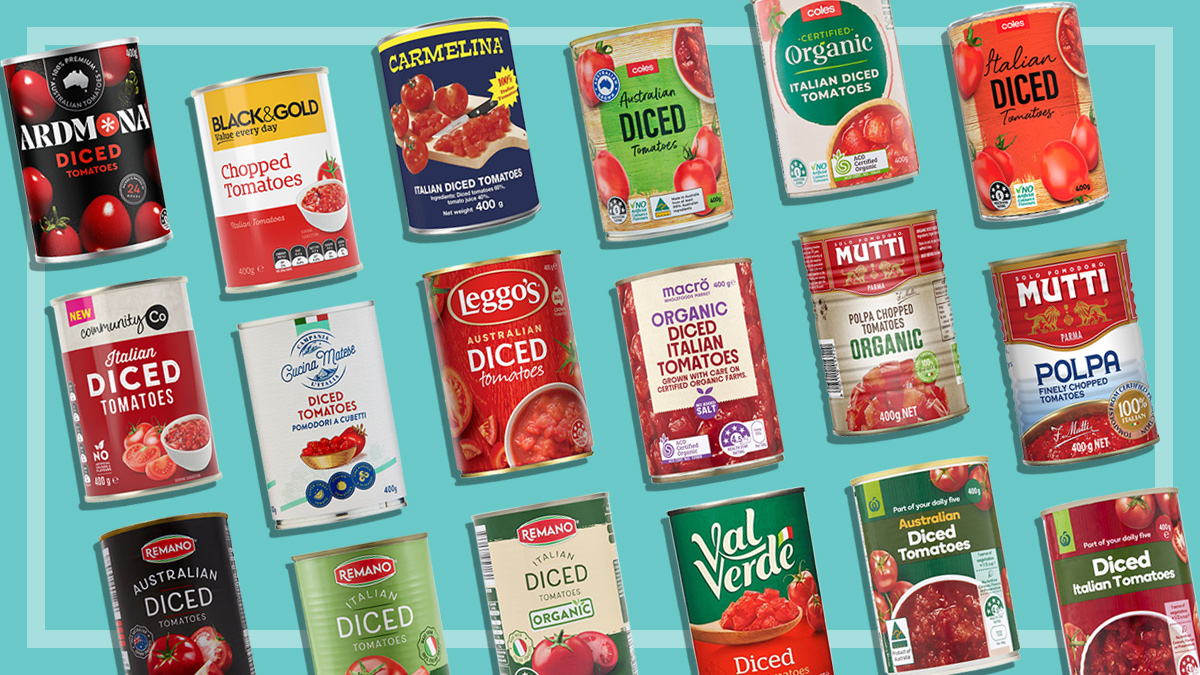Get our independent lab tests, expert reviews and honest advice.
How we test olive oil
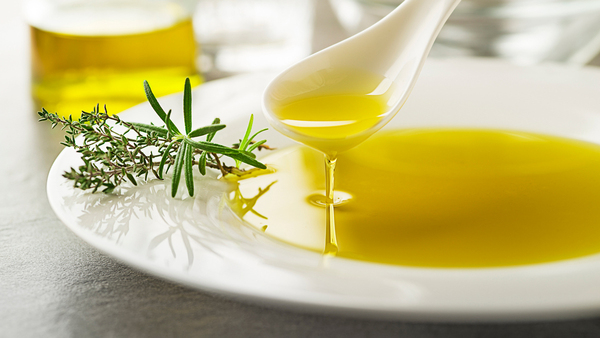
Extra virgin olive oil is considered to be one of the healthiest oils around, full of beneficial antioxidants and polyphenols. And a great extra virgin olive oil can elevate a standard salad or passable pasta into something glorious.
On this page:
In order to be classified as ‘extra virgin’ an olive oil needs to meet certain quality standards. And we pay a premium for that label.
Here’s what goes on behind the scenes when we test extra virgin olive oil so that we can separate the best from the rest.
Where we test oils
All tests are carried out for CHOICE at the Oil Testing Service (OTS), NSW Department of Primary Industry Laboratory Services, Wagga Wagga.
The OTS chemical testing laboratory and olive oil organoleptic (sensory) panel are accredited by the National Association of Testing Authorities (NATA) and the International Olive Council (IOC).
How we choose the oils we test
We test popular brands of olive oil labelled ‘extra virgin’ available in major supermarket chains, excluding flavoured oils.
The OTS purchases the olive oil samples directly from retailers according to strict purchasing protocols (which include keeping samples out of direct sunlight and avoiding temperature fluctuation during transit and delivery). On receipt at the lab, samples are maintained in a controlled environment according to best practice guidelines.
At the time of testing each oil has a minimum of five months to go before its best-before date indicated on the label.
How we test and score olive oil
Our test includes both Australian and European oils, so for the purposes of this review we reference the widely accepted IOC Trade Standard, although we also check compliance with the Australian Standard. Signatories to the Australian Olive Association (AOA) Code of Practice must comply with the Australian Standard, but this is a voluntary standard.
All chemical and sensory tests are carried out according to documented IOC methods of analysis.

Chemical tests
According to the IOC trade standards, extra virgin olive oil must meet established limits for a range of quality criteria including free fatty acid (FFA) level, peroxide value (PV) and ultraviolet (UV) light absorption at different wavelengths.
The lab tests the oils against each of these criteria.

- The FFA level is an indicator of oil quality – the lower the percentage the better the quality. It provides a good indication of the fruit condition before crushing, care taken in producing the oil and oil storage conditions. The level can increase if the fruit is damaged, or due to poor handling and storage of fruit between harvest and processing, however it’s fairly stable once the oil is bottled.
- The PV is a measure of an oil’s oxidation at any given time. High levels can indicate degradation of the oil during processing and storage (primarily through exposure to oxygen, heat or light).
- The UV absorption test may also detect degradation of the oil during storage. UV absorption continues to rise as the oil ages. It may also detect the presence of refined oils.
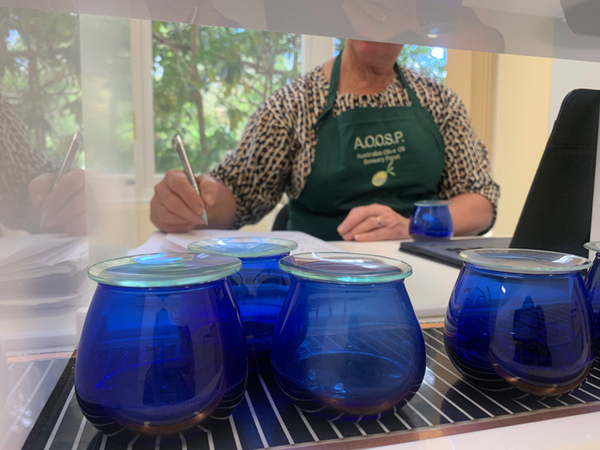
Sensory test
Extra virgin olive oils must have fruity attributes and be free from defects as determined by an IOC-accredited sensory panel of at least eight tasters in order to meet the standard.
Tasting is done “blind” – olive oil brands aren’t revealed to panel members at any stage of sensory analysis.
Defects include fusty/muddy sediment, musty, rancid and winey-vinegary flavours.
To be classified as extra virgin, oils need to meet both chemical and sensory criteria.
Show judging tasting
Each oil that passes both the chemical and sensory tests to be classified as extra virgin is included in a show judging-style tasting.
Four trained tasters from the sensory panel taste the oils “blind” and award points for aroma (olfactory sensations), flavour/palate (gustatory sensations) and overall impression.
Each oil receives a score out of 100, and is graded as follows:
- Gold (Excellent oil) = 86–100 points
- Silver (Very Good oil) = 76–85 points
- Bronze (Good oil) = 65–75 points
- No Medal = 50–64 points
CHOICE Expert Rating
The show judging score accounts for 100% of this overall score.

